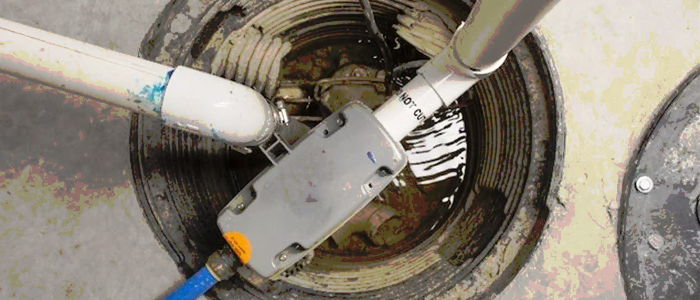Do I Need A Sump Pump?

According to a statistic from The American Society Of Home Inspectors, 60% of American homeowners have some sort of moisture present in their basements or crawlspaces. A basement flood is pretty much every homeowners’ worst nightmare. A great way to avoid basement flooding is to install a sump pump.
What Is A Sump Pump?
-

Photo Sourced From BobVilla.com It’s is a small pump designed to remove water and excess moisture from your basement.
- It is installed at the lowest point in your basement floor drawing in water through a filter trap.
- By continually drawing in water at the lowest point, it eliminates the potential for a flood in your basement.
- This water is then redirected outside and away from the foundation through a discharge pipe.
How To Know If You Need A Sump Pump:
- Your basement has flooded before
- Reside in an area with excessive rain/snowfall
- Have a finished basement with costly items (preventative)
- You live on flat or low-lying land with soil that readily traps water
Is It A Bad Idea To Buy A Home With A Sump Pump?
If you are currently in the market for a home, and you find sump pumps in basements being a common occurrence, don’t be scared off! A home with a sump pump is not necessarily a bad thing and doesn’t automatically mean there is a water issue. In fact, it actually can be a sign of a well-maintained home and will help to avoid flooding and future water issues. Additionally, during your home inspection, your inspector will make sure to check for signs of past water damages as a part of their normal process.
How Do I Maintain My Sump Pump?
There isn’t an extensive amount of maintenance required for sump pumps, but they do require some to ensure proper functionality!
- Cleaning the filter (every few months)
- Testing of the system regularly
- Oil the pump parts yearly
- Check vent hole for any blockages
- Ensure your pump is upright
 Types Of Sump Pumps:
Types Of Sump Pumps:
- Pedestal Sump Pump – In this design, the motor is mounted above the sump making it easier to service. This option is also usually cheaper but tends to have a shorter lifespan.
- Submersible Sump Pump – In this design, the motor is completely inside of the sump and sealed. This option is more aesthetically pleasing and safer for children. They are, however, more expensive and more challenging to clean.
It is a good idea to also invest in a backup battery for your sump pump(s). During a severe storm (when you may need your pump most) power can be knocked out, resulting in the turning off of your pump. Your battery backup can power your pump without electricity, making it a wise add-on.
Installing a sump pump in your basement can be a beneficial preventative way to protect your home from potential water problems. If you live on flat land or your home is below the water table, it’s a smart idea to install 1 or more sump pumps in your basement. Preventative practices within your home are always a better (and cheaper) option than reactive solutions after problems have already occurred. Making sure that you are proactively maintaining your plumbing system and pipes, and installing preventative items like sump pumps is key. For all of your plumbing needs, contact Kulk’s Plumbing & Heating!

